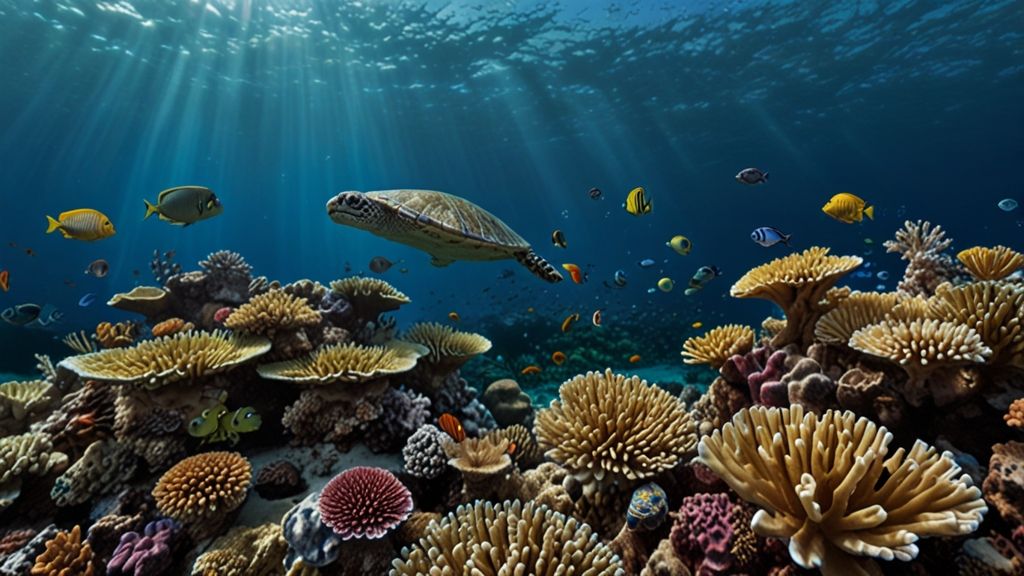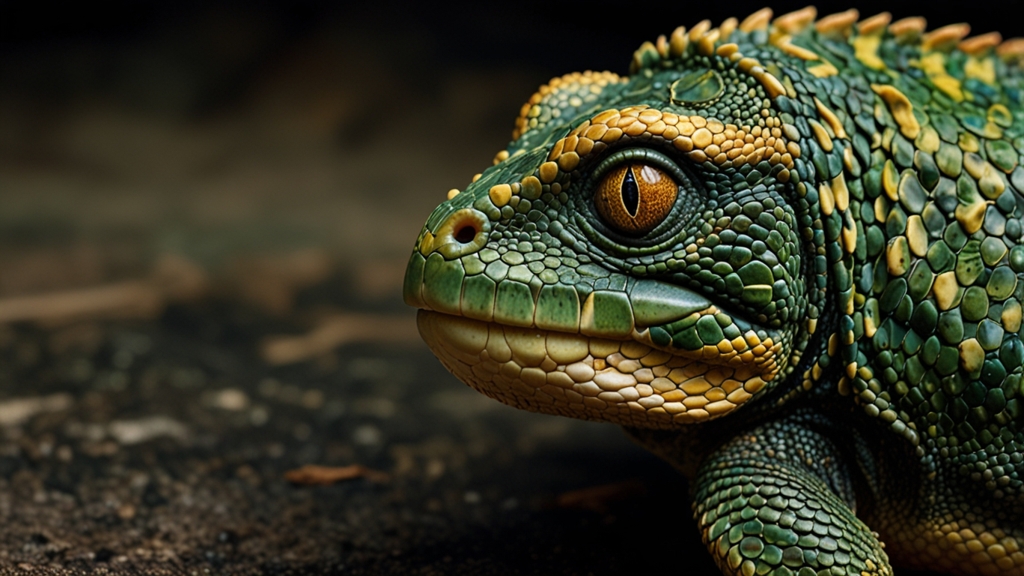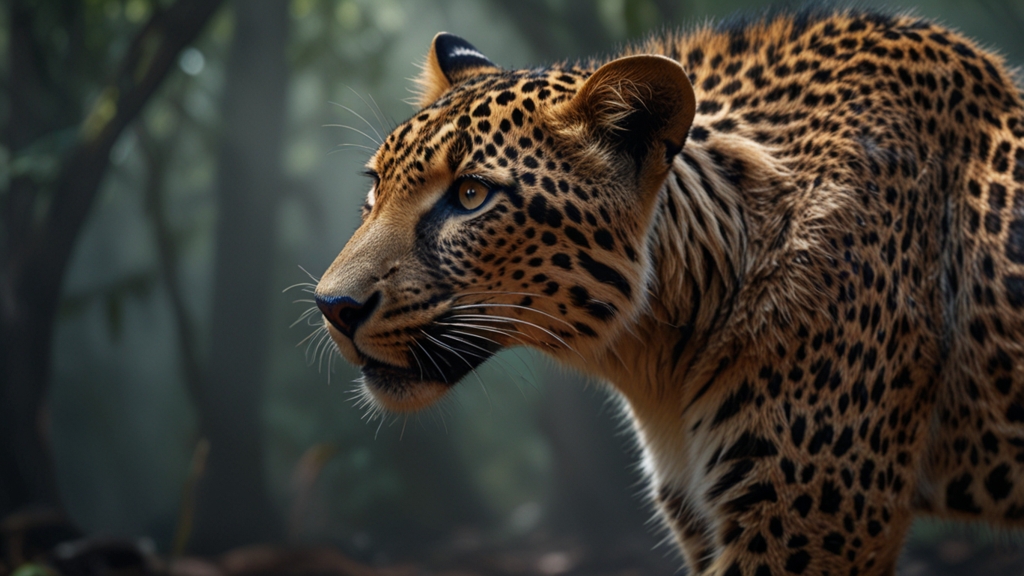The Mighty Great Barrier Reef and Its Unseen Amphibian Connections
The Great Barrier Reef is one of the world's most magnificent natural wonders. Spanning over 2,300 kilometers, it is the largest coral reef system on Earth, showcasing a complex interplay of marine life forms. Yet, beyond the vibrant corals and diverse aquatic species, lies an incredible web of connections that extend to the land, especially the mysterious amphibia.
Exploring the Reef
The Great Barrier Reef, located off the coast of Queensland, Australia, is a teeming underwater metropolis. Home to thousands of species, including fish, mollusks, sea turtles, and birds, its biodiversity is nothing short of astonishing. The environmental significance of the Great Barrier Reef extends beyond its visual splendor; it plays a crucial role in marine biology, the global climate, and the local human economy through tourism and fishing.
Amphibians: Unexpected Neighbors
At first glance, amphibians might seem disconnected from the vibrant coral world. However, these adaptable creatures, known for their dual life in water and on land, share an intricate relationship with marine ecosystems. This connection is characterized by complex interdependencies and migration patterns that bring these seemingly disparate worlds together.
Shared Ecosystems
The surrounding mangroves and wetlands of the Great Barrier Reef serve as critical habitats for various amphibians, such as frogs and toads. These areas provide the necessary freshwater environments where amphibians breed and develop. More importantly, they act as vital buffer zones protecting the marine environment from land-based pollutants. Amphibians, in turn, help maintain the health of these buffers by controlling insect populations and serving as prey for other wildlife.
“The symbiotic relationship between terrestrial amphibians and the marine world illustrates the profound interconnectedness of nature, reminding us that the conservation of one realm often hinges on the well-being of another.”
Amphibian Indicators of Reef Health
Amphibians are invaluable indicators of environmental health. Their permeable skin and biphasic life cycle (living in both water and land) make them highly sensitive to changes in their surroundings. A decline in amphibian populations around the Great Barrier Reef’s wetlands and adjacent land can signal mounting environmental problems, such as water pollution and climate change, which inevitably impacts the reef itself.
Researchers have been using amphibians to gauge the overall health of the ecosystem surrounding the reef. Their presence and population density can provide crucial data regarding the state of the local environment, signalling disturbances long before they become apparent in the reef’s marine inhabitants.
Conservation Efforts
Efforts to protect the Great Barrier Reef are incomplete without considering the health of its adjacent wetlands and the amphibian populations they support. Conservation strategies now emphasize a holistic approach, integrating terrestrial and marine conservation efforts. Restoration of mangroves and wetlands, pollution control, and climate change mitigation are part of these comprehensive efforts.
“Saving the Great Barrier Reef requires a multi-faceted strategy, which recognizes and protects the myriad connections between marine and terrestrial ecosystems, including the vital role of amphibians.”
Future Prospects
The future of the Great Barrier Reef lies in recognizing and acting upon the undeniable links between our terrestrial and marine environments. A deeper understanding and appreciation of these interconnections, especially the role of amphibians, will equip us better to protect and preserve this natural treasure for generations to come. By focusing on holistic environmental health, we can ensure that the mighty Great Barrier Reef continues to thrive, an irreplaceable marvel of our natural world.
The unseen relationships involving amphibians underscore a critical lesson in ecology: every species, no matter how small or seemingly disconnected, plays a pivotal role in the grand tapestry of our planet’s ecosystems.
“In safeguarding the Great Barrier Reef, we safeguard a world where land and sea meet in harmonious splendor, ensuring that the miracles of nature continue to inspire and support life on Earth.”







